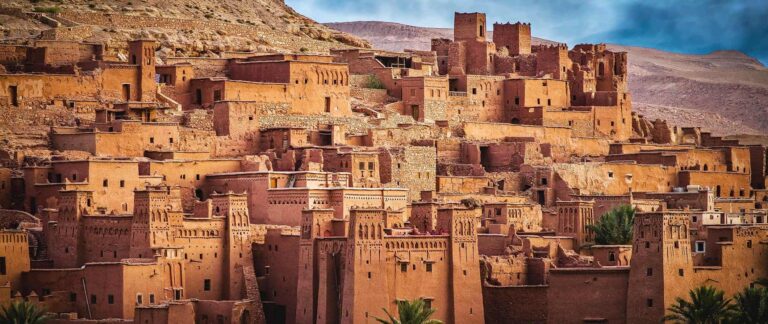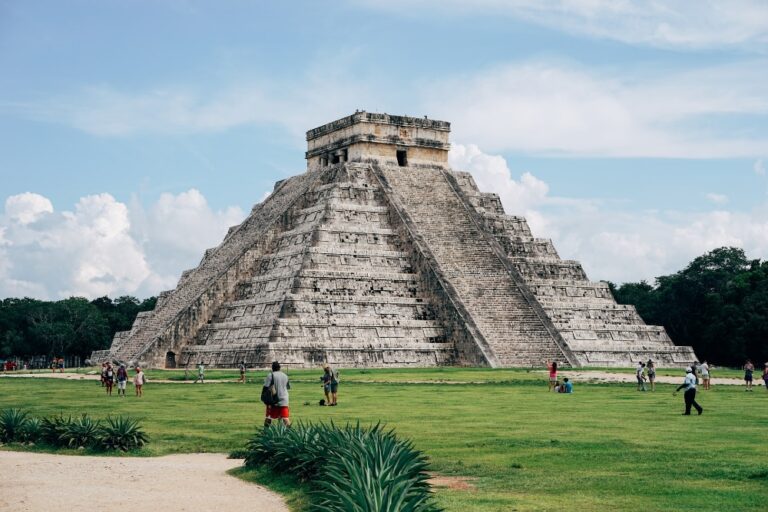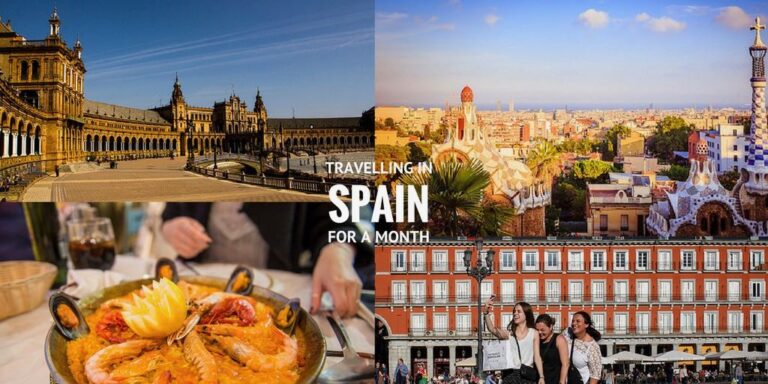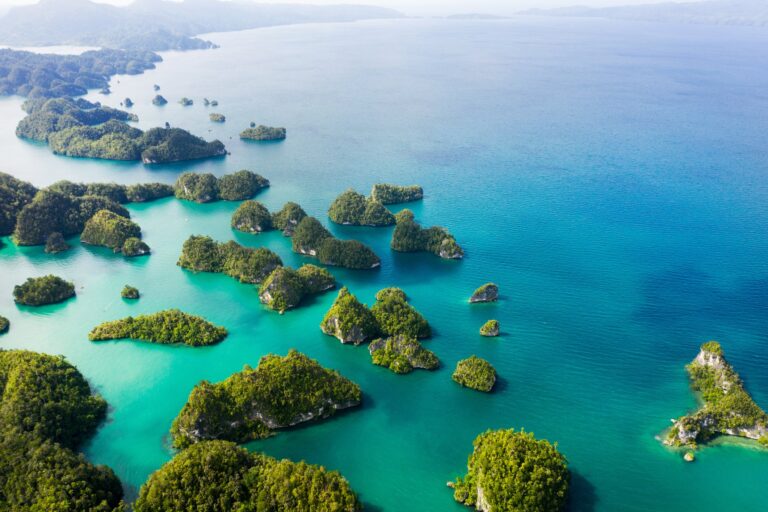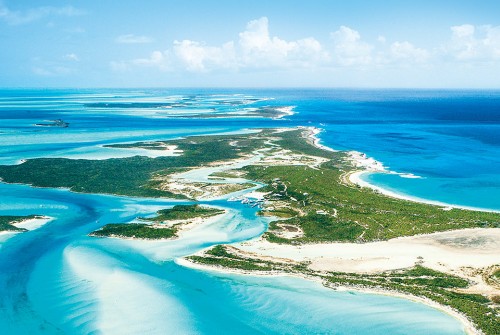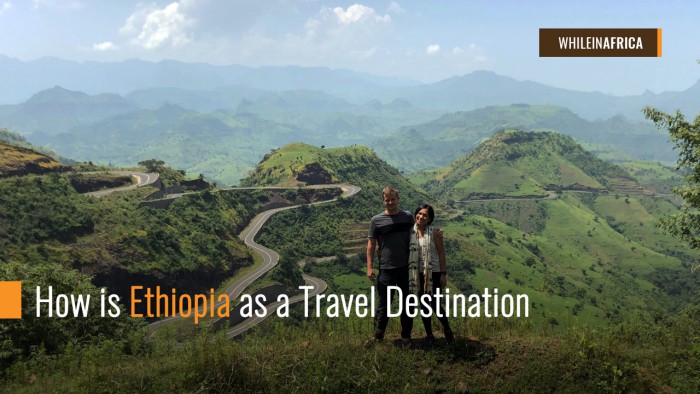Is Bolivia Safe to Travel: Tourist Advisory
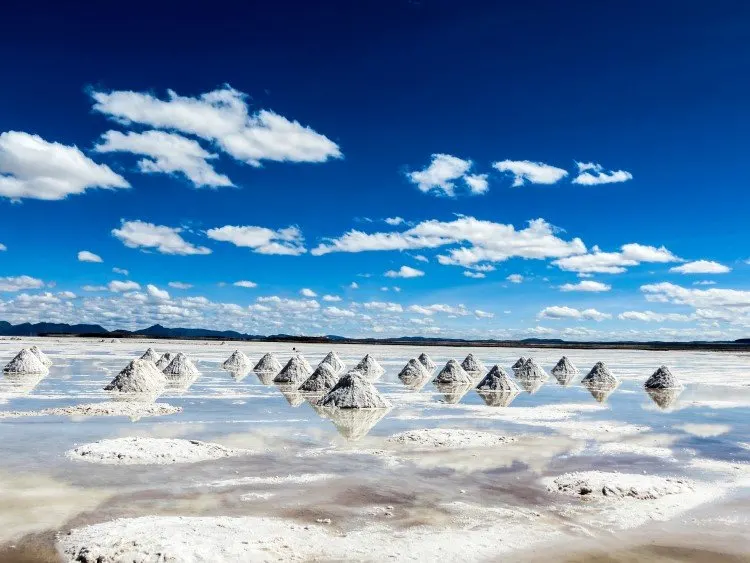
Safety Considerations in Bolivia
Understanding Travel Advisories
When planning a trip to Bolivia, it’s crucial to stay informed about the latest travel advisories. As of June 6, 2024, travelers are advised to exercise increased caution due to civil unrest in the country. Demonstrations, strikes, roadblocks, and potential violence are common in certain areas, which can disrupt traffic and limit access to goods and services. Flights, both domestic and international, may also face delays or cancellations.
To ensure you stay safe, regularly check official travel advisories and local news updates. Being aware of the current situation in Bolivia will help you make informed decisions and avoid high-risk areas. For additional context, you might find our articles on whether is it safe to travel to Mexico and whether is it safe to travel to Jamaica helpful for comparison.
Civil Unrest and Violence
Civil unrest and violent incidents are significant concerns for travelers in Bolivia. Political and social tensions can lead to frequent roadblocks and demonstrations, which have the potential to turn violent with little or no warning (Travel Canada). Police may struggle to assist in emergencies, particularly in rural regions. It’s essential to exercise a high degree of caution, especially when navigating through areas known for protests.
| Type of Incident | Description |
|---|---|
| Demonstrations and Strikes | Frequent and can disrupt travel and services |
| Roadblocks | Common, causing traffic disruptions and potential violence |
| Violent Crime | Includes armed robberies and assaults targeting tourists |
| Drug-Related Violence | Associated with trafficking, posing risks |
Travelers should be particularly cautious at tourist destinations, where incidents of violent crime, carjacking, and civil unrest are often reported. Drug-related violence is another risk factor, as Bolivia has stringent anti-drug laws with severe penalties. Be cautious of scams involving illegal drugs placed in your luggage or personal items.
Lastly, road safety is a concern in Bolivia. Conditions are generally poor, with the “Death Road” being one of the most dangerous. Always prioritize safety by choosing reliable transportation and avoiding high-risk routes. For more detailed safety tips, refer to our guide on road safety concerns.
By understanding these safety considerations, you can better prepare for your trip to Bolivia and take the necessary precautions to stay safe. For more travel safety guides, check out our content on whether is Costa Rica safe to travel and whether is Brazil safe to travel.
Criminal Activity in Bolivia
When assessing “is Bolivia safe to travel,” understanding the criminal landscape is crucial for visitors. This section provides key insights into homicide rates, drug-related concerns, and domestic violence in Bolivia.
Homicide Rate
Bolivia’s homicide rate has fluctuated over the years. In 2016, the country reported 686 homicides, translating to a rate of 63 murders per 1,000,000 people (Wikipedia). This was a decrease from 2012 when the murder rate peaked at 121 per 1,000,000 population, resulting in 1,270 murders that year.
| Year | Homicides | Rate per 1,000,000 |
|---|---|---|
| 2012 | 1,270 | 121 |
| 2016 | 686 | 63 |
While these figures may seem high, it’s important to note that violent crime is often localized in certain regions. For instance, tourists are advised to avoid the Chapare Region due to its high level of violent crime (Travel.State.Gov – Bolivia Travel Advisory).
Drug-Related Concerns
Violent crime in Bolivia is frequently linked to drug trafficking. Incidents such as armed robberies, assaults, and carjackings often occur at tourist destinations and are typically associated with the narcotics trade (Travel.gc.ca). The Chapare Region is particularly notorious for these types of crimes. U.S. citizens are strongly advised against traveling to this area without special authorization.
Domestic Violence
Domestic violence remains a significant and underreported issue in Bolivia. Between 2007 and 2011, reported cases of domestic violence increased by 37%. A study conducted across 12 Latin American countries found Bolivia to have the highest prevalence of domestic violence against women. This concerning trend is a reminder of the broader societal challenges the country faces.
| Issues | Trends | |
|---|---|---|
| Domestic Violence | Increased by 37% (2007-2011) | Highest prevalence in Latin America |
Understanding these crime trends can help you make informed decisions about your travel plans. If you’re comparing Bolivia to other destinations, you might find it useful to check out safety information for places like is it safe to travel to mexico or is it safe to travel to colombia.
For more tips on staying safe while traveling, visit our sections on avoiding scams and fraud and road safety concerns. Stay informed to ensure your trip is both enjoyable and secure.
Regional Safety in Bolivia
When considering is Bolivia safe to travel, it’s important to remember that safety can vary by region. Here, we will explore three popular destinations: Uyuni, Copacabana, and La Paz, providing insights into their safety for tourists.
Uyuni: The Safe Salt Flats Gateway
Uyuni is recognized as one of the safest cities in Bolivia. Violent crime is rare in Uyuni, largely due to the high number of tourists who pass through the area (The Broke Backpacker). The city is globally renowned as the entrance to the vast salt flats, offering a unique landscape with white salt expanses, distinctive rock formations, and islands adorned with towering cacti, among other attractions (Travel Ladies).
| Aspect | Uyuni |
|---|---|
| Crime Rate | Low |
| Main Attractions | Salt Flats, Rock Formations, Cacti Islands |
| Tourist Safety Tips | Stay aware of surroundings, travel in groups |
Copacabana: Lake Titicaca’s Charm
Copacabana is famed for its proximity to Lake Titicaca, Bolivia’s largest lake. Copacabana is a favored destination, offering an enriching cultural and scenic experience. Attractions include the Basilica of Our Lady of Copacabana and ancient Inca ruins on Isla del Sol.
| Aspect | Copacabana |
|---|---|
| Crime Rate | Moderate |
| Main Attractions | Basilica, Lake Titicaca, Isla del Sol |
| Tourist Safety Tips | Avoid isolated areas at night, watch for petty theft |
La Paz: Safe Tourist Areas
La Paz, the capital of Bolivia, is a vibrant city known for its distinct topography, local culture, and architectural marvels. Given its urban nature, petty crime is relatively common, but areas like Sopocachi and Malecon are deemed safe for tourists. Visitors are advised to stay vigilant and consult hostel staff for safety assessments in the region (The Broke Backpacker).
| Aspect | La Paz |
|---|---|
| Crime Rate | High (petty crime) |
| Main Attractions | Witches’ Market, Mount Illimani |
| Tourist Safety Tips | Be vigilant in crowded places, avoid displaying valuables |
By taking regional safety into account, you can better plan your trip and focus on enjoying the unique landscapes and rich cultural experiences Bolivia has to offer. For more travel tips and safety advice, you can explore other articles like is it safe to travel to Colombia, is it safe to travel to Peru, and is it safe to travel to Costa Rica.
General Safety Tips for Travelers
Considering a trip to Bolivia? It’s important to stay informed about safety precautions to ensure a smooth and enjoyable travel experience. Here are key safety tips to help you navigate your adventure in Bolivia.
Avoiding Scams and Fraud
Scams and fraud can be a concern for tourists in Bolivia. To stay safe, exercise caution and follow these steps to avoid becoming a victim:
- Be wary of unsolicited financial offers and proposals.
- Avoid sharing personal information with strangers.
- Verify the credentials of tour operators and travel agencies before making any bookings.
- Refer to the U.S. Department of State and FBI websites for relevant information on international financial scams.
Road Safety Concerns
Traveling by road in Bolivia requires extra vigilance due to challenging conditions and safety issues. Here are some tips to consider:
- Be cautious on Bolivia’s roads, as accidents and fatalities are common.
- The old Yungas Road, also known as the “Death Road,” is particularly dangerous and should be avoided.
- Road conditions are generally poor, especially in rural areas. Ensure your vehicle is in good condition and suitable for the terrain.
- Hiring a local driver familiar with the routes can enhance safety.
| Key Road Safety Tips | |
|---|---|
| Avoid “Death Road” | High accident rate |
| Hire local drivers | Familiar with terrain |
| Vehicle checks | Regular maintenance |
For additional travel safety concerns in similar regions, see our article on is peru safe to travel to.
Health and Medical Precautions
Ensuring your health and safety while traveling in Bolivia is essential. Here are some measures to take:
- Be aware that Bolivia’s tourism industry is unevenly regulated. Hazardous areas and activities might lack proper signage, and staff may not be well-trained or certified.
- Adequate medical treatment is often only available in major cities. It’s crucial to have a plan for medical emergencies.
- Consider purchasing medical evacuation insurance to cover unexpected health issues that may require treatment outside of Bolivia.
- Always carry a basic first-aid kit and any necessary prescription medications.
For more information on health and medical precautions when traveling, visit Travel.State.Gov and check our article on health and medical precautions.
By following these tips, you can ensure a safer and more enjoyable travel experience in Bolivia. For more travel safety advice, explore our articles on is costa rica safe to travel, is brazil safe to travel, and is south africa safe to travel.
Recent Health Developments in Bolivia
When considering is Bolivia safe to travel, it’s essential to understand the recent health developments that impact the safety and wellbeing of travelers.
Healthcare System Enhancements
Bolivia made significant strides in healthcare through ambitious reforms introduced in 2019. The implementation of the Single Health System model aimed to provide universal and free health coverage to 50% of the population, benefiting an estimated five million underserved, uninsured Bolivians.
| Year | Population Covered (%) | Added Fund (USD million) |
|---|---|---|
| 2019 | 50 | 200 |
The increase in health expenditure allowed improvements in medical equipment, supplies, and the hiring of additional human resources, ensuring travelers have access to better healthcare services.
Challenges in Health Security
Despite these improvements, Bolivia still faces challenges in health security. The country’s healthcare system struggles with resource allocation and uneven regulations in tourist regions. However, concerted efforts led by WHO/PAHO’s Country Office in Bolivia aim to mitigate these challenges by increasing health expenditure and improving service delivery.
| Year | Health Expenditure (“% of GDP”) |
|---|---|
| 2010 | 3.7 |
| 2019 | 6.0 |
Recent improvements resulted in the prevention and early diagnosis of chronic non-communicable diseases, reducing household health costs significantly. This includes reducing the out-of-pocket expenditure towards tertiary-level hospital budgets from 65% in 2018 to 19% in 2020 (WHO).
Public Health Expenditure
Public health expenditure in Bolivia tripled over the last decade (2010-2019). Primary health care expenditure escalated to 37%, placing Bolivia among the top three Latin American countries advancing closely towards the goal of allocating 6% of GDP towards public health (WHO).
| Year | Public Health Expenditure (USD billion) | Primary Health Care Expenditure (%) |
|---|---|---|
| 2010 | 2.1 | 12 |
| 2019 | 6.3 | 37 |
These recent health developments improve the readiness of Bolivia’s healthcare system to address the needs of travelers. For additional information on safety in other destinations, check out our articles on is it safe to travel to the dominican republic, is peru safe to travel to, and is brazil safe to travel.
Additional Travel Warnings in Bolivia
When considering “is Bolivia safe to travel,” it’s important to stay informed about potential risks beyond general safety concerns. Below are additional travel warnings specific to Bolivia that can help ensure a secure trip.
Financial Scams Awareness
Criminals in Bolivia sometimes pose as police officers in order to commit fraud. It’s crucial to be cautious if approached by individuals claiming to be local authorities. Legitimate searches or seizures should only occur at genuine police stations, preferably in the presence of a prosecutor. Be wary of requests for personal information or money in suspicious circumstances. Additionally, travelers should consult the U.S. Department of State and FBI websites for details about potential international financial scams.
Uneven Regulations in Tourism
Bolivia’s tourism industry is unevenly regulated, which can pose safety risks. Inspectors rarely check equipment and facilities, and hazardous areas or activities might lack proper signage. Furthermore, staff may be undertrained or unqualified. It’s wise to use well-reviewed tour operators and avoid questionable or poorly maintained attractions.
| Issue | Details |
|---|---|
| Equipment Inspections | Rarely conducted |
| Safety Signage | Often lacking in hazardous areas |
| Staff Training | May be inadequate or nonexistent |
Accessibility of Medical Treatment
Adequate medical treatment in Bolivia is typically available only in or near major cities. This limitation can be a significant concern for tourists, especially those traveling to remote areas. U.S. citizens and other international visitors are advised to purchase medical evacuation insurance to cover any emergencies that may require transportation to regions with better healthcare facilities (Travel.State.Gov – Bolivia Travel Advisory).
For added security while traveling, make sure to read our guide on health and medical precautions and to familiarize yourself with general road safety concerns.
Staying informed about these additional travel warnings will help you to navigate Bolivia safely and confidently. For more detailed safety tips on various travel destinations, you can explore our articles on topics like is Brazil safe to travel and is it safe to travel to Turkey.

